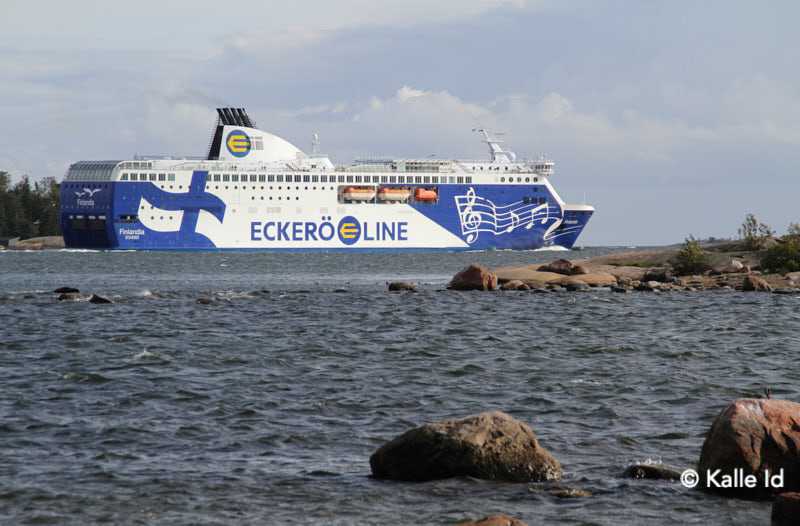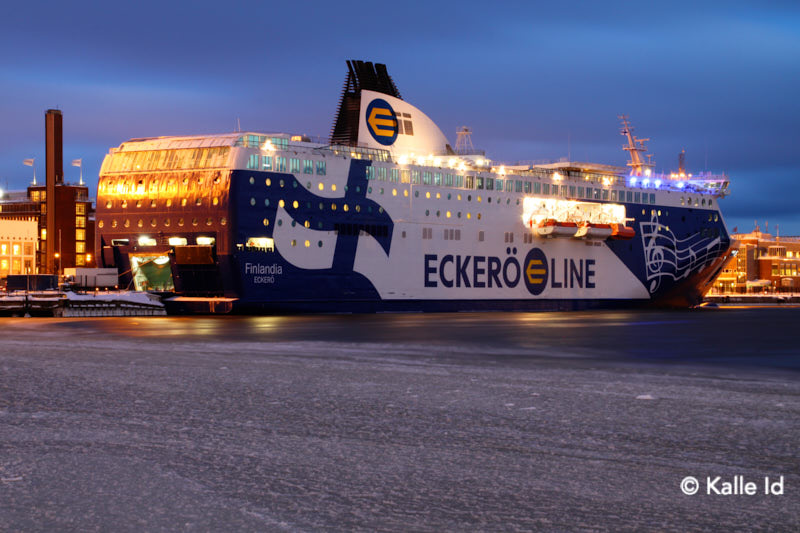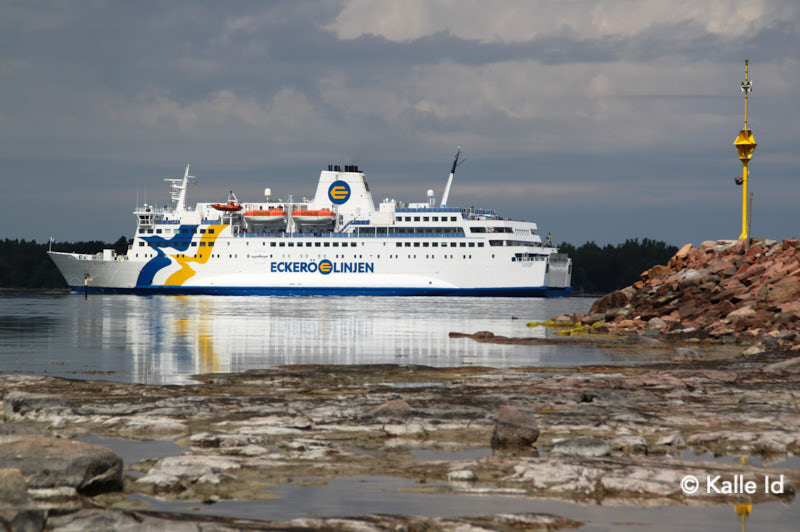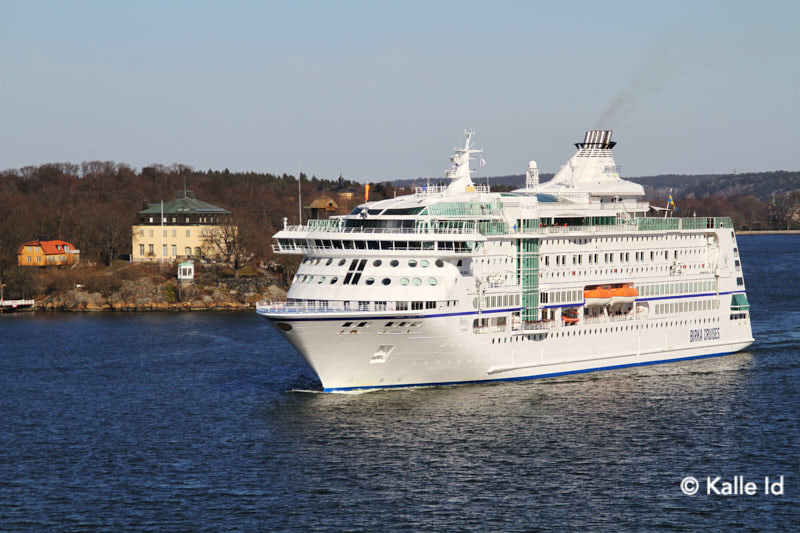What about then your roro cargo tonnage provider company Eckerö Shipping and the future of that company after the radical fleet reduction in the past decade?
In the beginning of of the current decade, we had seven roro cargo vessels. Alongside the passenger ferry operations, the roro cargo company was was definitely a second leg, like toinen ja toinen [“second and second”] in Finnish, meaning the two are equals.
During the first half of 2008 we secured long-term charter contracts for all of our roro vessels. At the end of the year came the financial crisis, which was a dramatic change for all kinds of cargo vessels. The roro market wasn’t affected as badly as other types of cargo tonnage – “only” a 50-60 percent drop in freight rates. But we had just secured contracts for five years. We were not touched by the crisis at all!
Of course, the relationship with some of our customers were a little bit complicated when our profits were their loss, but all in all we had a safe haven from all the marker turmoil. And maybe that made us a little bit complacent. We were quite sure in 2009 and 2010 that the marker must come back, there can’t be more than four years of low rates. And now it’s been ten years. The market has improved in the last two-three years, but it’s still not even close to what it was in 2007 or 2008.
In 2012-2013 our charter contracts expired and we met totally different market conditions. As a result, we sold five of those seven roro cargo vessels during a short period of time. It was not a big, strategic decision, “now we leave it all”, and it was not ideological. It was very pragmatic: what can we expect from the market and what can we do with the ships?
During that period we of course lost a lot of asset value. That fourth quarter of 2008, when the rates went down 50 percent but our profit and loss sheet was not effected, the market value of our balance sheet was: around half of the value of the roro vessels just evaporated during a couple of weeks.
The two roros that are left [EXPORTER and SHIPPER] are employed in a time charter operation with Holmen Paper. Today, the roro segment is for us definitely a second, less important leg – or if you count the three passenger operations separately, it might even be leg number four.
We have a strong balance sheet, good financial situation, enough financial strength to support our brands. It’s not our financial strength that restrains our ability to buy new vessels. When it comes to our roro segment, there is no realistic possibility that we could grow it back to the same relative size within the group as it was before 2008. The market has changed.
We are open to new ideas and we regularly scan the market for business opportunities. Small investments are absolutely not ruled out or totally unlikely. In the roro segment, there could be all kinds of openings for cooperation. We are open for joint ventures or some kind of other cooperation for Eckerö Shipping. Something like that is very unlikely in the passenger side. We see a very independent future for our passenger operations.
The roro cargo segments is an interesting business and something different from the passenger business. We will stay there as long as there is some money to be made.
[As an indication of how fast things can move in this business, after this interview was carried out but before publication, Eckerö Shipping bought back the roro cargo vessel TRANSPORTER (sister ship to the EXPORTER and SHIPPER) that the company had sold in 2015.]






